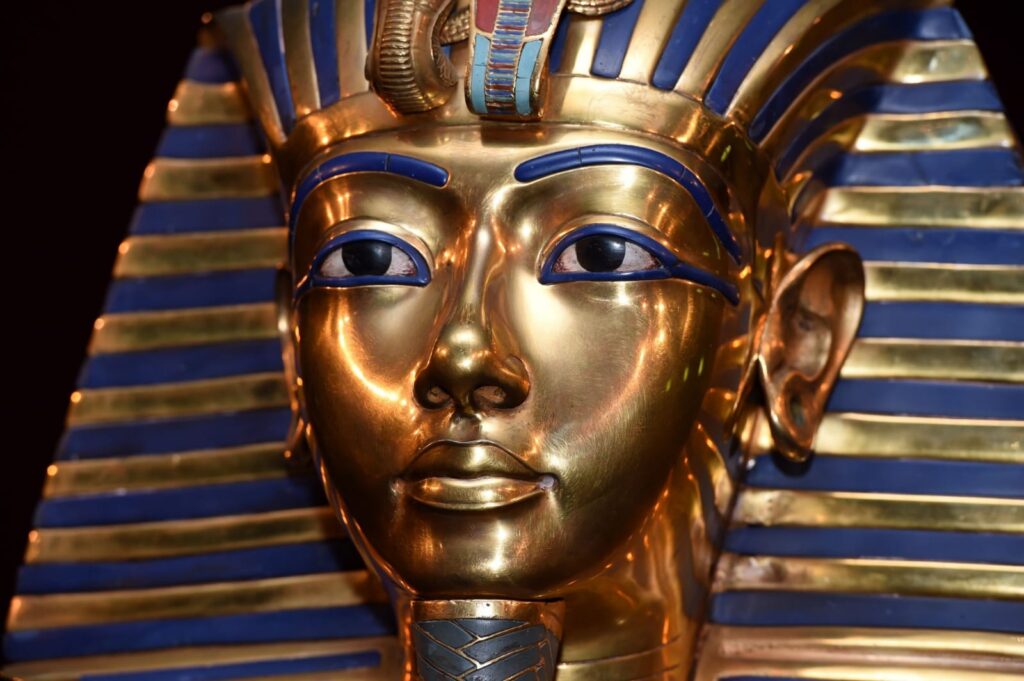With more than 7,000 years of continuous history, Egypt is a living museum where the wonders of the ancient world coexist with vibrant modern life. From the majestic pyramids and temples to the hidden oases of the Western Desert, each destination tells a unique part of Egypt’s rich story.
1. Cairo – The Heartbeat of Egypt
Cairo is not just Egypt’s capital but also its cultural and historical core. The city blends Islamic, Coptic, and Pharaonic heritage into a dynamic urban experience.
Must-visit attractions:
Egyptian Museum – Home to the treasures of Tutankhamun, royal mummies, and countless artifacts that narrate Egypt’s history from the Old Kingdom to the Greco-Roman era.
Pyramids of Giza – The last surviving wonder of the ancient world, built over 4,500 years ago.
The Great Sphinx – Mysterious guardian with the body of a lion and the head of a king.
Citadel of Salah al-Din – A medieval fortress offering panoramic views and housing the grand Mosque of Muhammad Ali.
Historic Cairo Districts – Walk through centuries-old streets, mosques, and markets.
Khan el-Khalili Bazaar – A labyrinth of shops selling traditional crafts, gold, spices, and souvenirs.
2. Giza – Timeless Monuments on the Edge of the Desert
Just outside Cairo lies the Giza Plateau, home to monumental structures that have fascinated travelers for centuries:
Great Pyramid of Khufu – The largest pyramid ever built, originally standing at 146 meters.
Pyramid of Khafre – Recognizable by remnants of its original limestone casing.
Pyramid of Menkaure – Smaller in size but detailed in construction.
Solar Boat Museum – Displays an ancient cedar boat buried to serve the pharaoh in the afterlife.
3. Luxor – The Open-Air Museum
Luxor contains nearly one-third of the world’s antiquities, making it a dream destination for history lovers.
East Bank:
Karnak Temple Complex – A vast religious site dedicated to the Theban gods, built over 2,000 years.
Luxor Temple – An elegant riverside temple linked to Karnak by the Avenue of Sphinxes.
West Bank:
Valley of the Kings – Burial site of Egypt’s pharaohs, including the tomb of Tutankhamun.
Valley of the Queens – Final resting place of royal women, such as Queen Nefertari.
Temple of Hatshepsut – Unique terraced temple dedicated to Egypt’s female pharaoh.
Colossi of Memnon – Two massive statues guarding the entrance to Thebes.
4. Aswan – Where History Meets Tranquility
Aswan is known for its Nubian heritage and serene beauty.
Philae Temple – Dedicated to Isis, moved stone-by-stone to save it from flooding.
Unfinished Obelisk – Offers insight into ancient stone-carving techniques.
High Dam – Modern marvel controlling the Nile’s annual floods.
Abu Simbel Temples – Colossal rock temples built by Ramses II, aligned with the sun twice a year.
Nubian Villages – Colorful settlements along the Nile, famous for their hospitality and traditions.
5. The Egyptian Oases – Hidden Gems of the Desert
Egypt’s Western Desert is dotted with lush oases that offer a blend of natural beauty, cultural uniqueness, and archaeological treasures:
Siwa Oasis – Remote and culturally distinct, with the Temple of the Oracle and Cleopatra’s Bath.
Bahariya Oasis – Surrounded by palm groves and known for the Valley of the Golden Mummies.
Farafra Oasis – Gateway to the surreal White Desert, with chalk formations shaped by wind and sand.
Dakhla Oasis – Home to mud-brick villages and ancient temples.
Kharga Oasis – Features the Hibis Temple and early Christian cemeteries.
6. Other Must-See Historical Sites
Beyond the main tourist hubs, Egypt is home to extraordinary ancient sites:
Dendera Temple Complex – Known for its astronomical ceiling and Hathor worship.
Abydos Temple – Sacred city of Osiris, with detailed wall carvings.
Kom Ombo Temple – Unique double temple dedicated to Sobek and Horus.
Edfu Temple – One of the best-preserved temples, dedicated to the falcon god Horus.
Travel Tips for Exploring Egypt’s Heritage and Desert Wonders
Plan ahead: Focus your trip on historical and desert destinations to make the most of your time.
Visit early in the day: Avoid the midday heat, especially in desert areas.
Stay hydrated: Egypt’s climate can be intense, so carry water.
Dress modestly: Especially when visiting religious sites.
Hire a knowledgeable guide: This will bring ancient history to life and help you navigate efficiently.

